There have been many enthusiasts who have wandered out and handed over their hard-earned cash to own a freshly restored classic of their dreams, only to watch that dream develop into a nightmare. Shoddy workmanship and questionable ethics can leave these owners with a car that has significant issues hidden under shiny paint, and rectifying these problems can sometimes be a financial black hole. That doesn’t appear to be the case with this 1967 Camaro RS/SS 396. It underwent a restoration many years ago, and it has been sitting in a private collection ever since. The owner has decided that the time has come to part with the Camaro, so he has listed it for sale here on Craigslist. It is located in Castle Rock, Colorado, and the owner has set the sale price at $49,950. I have to say a big thank you to Barn Finder Gunter K for referring the Camaro to us.
It isn’t clear when the Camaro underwent its restoration, but it has been sitting in a private collection in Arizona from that time until recently. It is finished in its original Bolero Red with a Black vinyl top, and its presentation is immaculate. The paint shines magnificently, with no visible defects. The vinyl top is in excellent order, while the panels are as straight as an arrow. There is no evidence of rust issues and the photos of the vehicle’s underside show floors and a frame that are rock solid and spotlessly clean. There are a couple of spots of surface corrosion on the inside of the trunk pan, but treating these would be the work of a weekend in a home workshop. The stripes look crisp and clean, with no lifting or cracking, while the distinctive RS grille is perfect. There are no problems with the trim or chrome, and the glass is spotless. The wheels aren’t original, but their style suits the car admirably. For a buyer interested in complete originality, sourcing the correct items would not be difficult.
It seems that the Camaro didn’t see a lot of use following its restoration, and the condition of the interior would appear to support that. There’s not a lot to be critical of in there, with no signs of any appreciable wear or tear. It features Black custom buckets seats and a console with the auxiliary gauges that were part of RPO Code U17. The dash and pad are spotless, and there are no visible aftermarket additions. A couple of wires are hanging down under the dash on the driver’s side, but securing them back in place would take a few minutes. As well as the comprehensive gauges and custom trim, this is 1-of-17,993 Camaros ordered in 1967 with a folding rear seat. That might not seem like a rare option, but with 220,906 Camaros rolling off the production line in 1967, it also wasn’t an option that many people were willing to hand over $31.60 to have.
I would love to be able to tell you that the Camaro is a numbers-matching classic, but unfortunately, it isn’t. The 396ci V8 that occupies the engine bay is a “CE” (Counter Exchange) engine that was replaced under warranty in the late 1960s. It is backed by a freshly rebuilt but original Turbo Hydramatic transmission and a 12-bolt Posi rear end. The original owner also chose to equip the car with power steering and power brakes. The big-block should be pumping out 325hp, which is sufficient to fire the SS through the ¼ mile in 14.7 seconds. Give it enough space, and it will eventually run out of breath at 139mph. The engine bay presents well, and this is a case where appearances aren’t deceptive. The owner says that the Camaro runs and drives perfectly, which indicates that this classic is ready to undertake some serious driving duties after years in storage.
Buying a classic car will involve an element of risk, and the challenge is to determine the best way to minimize those risks. It is virtually impossible to eliminate them entirely, but utilizing some clever strategies will stop a lot of money from getting flushed away on a dud car. Buying a classic that can be confirmed as being original and unmolested is a decent place to start. If this isn’t possible, finding a vehicle that is an older restoration is the next best thing. Shoddy workmanship will tend to deteriorate quickly, and a classic that has fallen foul of this sort of approach will start to show some disturbing signs quite early. However, cars that have a few years under their belt since the work was performed that show no such issues can be a winner for a careful buyer. That is what appears to be on offer here, and I wouldn’t be surprised if someone snaps it up pretty quickly.
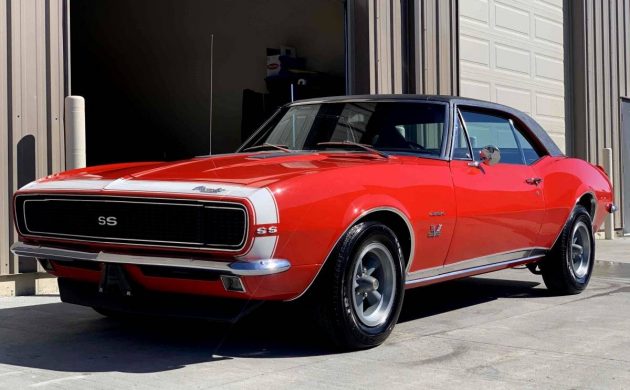

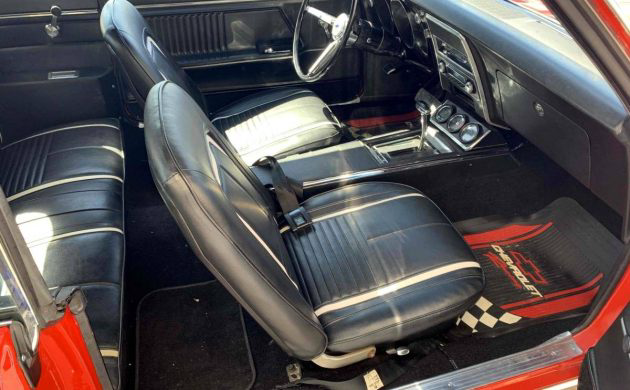
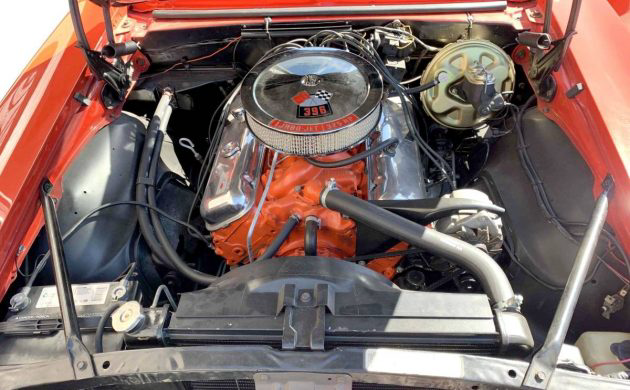

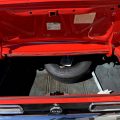
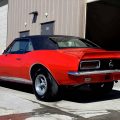


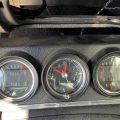
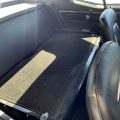


Second to a split window, 63 Vette, these are my favs. Wish I had the 59 k to take it home. What a beautiful car.
Only 49,950 !!
This car wasn’t in Arizona…it’s been in Wisconsin.
I had a 68 RS 4-speed. It was beautiful and fast as hell. This looks great, but “SS” and “automatic” should never be in the same sentence.
A beautiful, clean 67 Camaro. $50k seems like a lot of money, but if I had a discretionary $50k lying around, it’d be in may garage already.
“CE” actually means “Chevrolet Engine”. http://www.camaros.org/pdf/LimeBook.pdf
This looks like one of those “You couldn’t build one this nice for this price” examples.
Yes “CE ” means Chevrolet Engine if you had a replacement engine due to break-down or a bad engine , however if the engine was under warranty from GM it was ordered and installed by GM as a “CE” engine replacement with no identifiable engine numbers or suffix code, and if out of warranty you had to pay for the dealer to install it or do it yourself , but either way it was classified as a “CE” engine and offered as a over the counter engine – the main difference here is no VIN numbers on a “CE” replacement engine.That means IF the original motor numbers and the paperwork of the “CE” engine you could somewhat prove the exchange of the engine but the “CE” engine has no engine stamp of VIN or any suffix only “CE” . I know someone who went through 3 – 302’s in 1967-1968 . Be very hard to find such paperwork on a several owner car . So you could wind up with a legit motor of a “CE” stamp but again hard to prove without a original owner with all the info . Effects the car in many ways – not a numbers matching car , not a survivor , all you have is a “CE” stamp , less value of the car .
What a great looking 1st gen Camaro, I’ll never understand how Mustang out sold these cars in 67, but as an owner of a 69 Camaro I might be just a little bias.